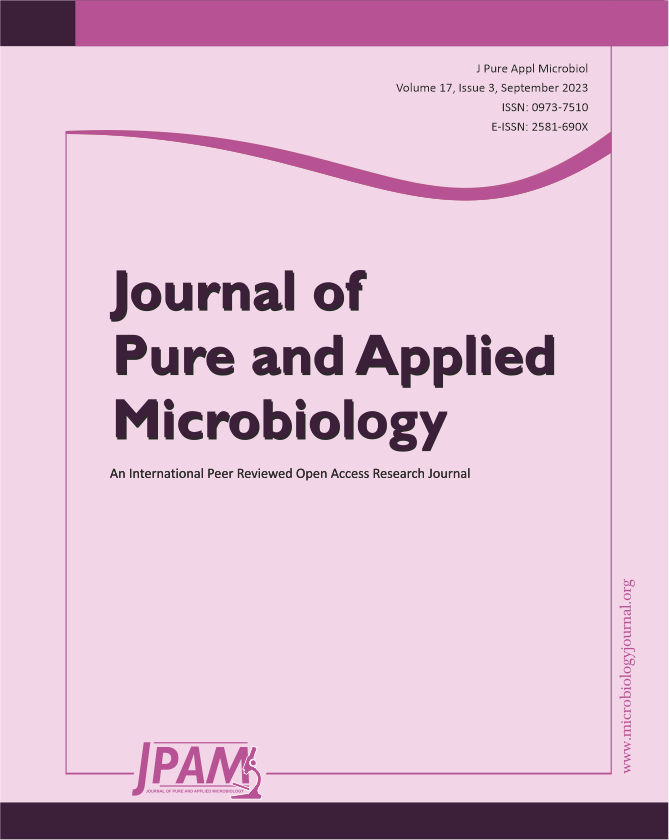Antibiotic overuse in animal and human healthcare has led in the accumulation of potentially hazardous antibiotic residues, known as emerging contaminants. These residues contaminate animal products including meat, milk, and eggs, which humans then ingest. Furthermore, antibiotic residues from pharmaceutical firms, hospitals, and households reach wastewater treatment plants, providing an environment conducive to bacterial growth and dissemination. This, in turn, can result in the spread of antibiotic resistance genes (ARGs) among bacterial cells, posing serious threats to both human health and the environment. In the case of ARGs, conventional approaches for eliminating antibiotic residues from wastewater and aquatic habitats have proven ineffective. Recent study, however, has shown that the adsorption technique, particularly when low-cost and environmentally acceptable bioadsorbents such as sawdust, prawn shell waste, algae, and fungi are used, is highly successful in removing antibiotic residues. Bioadsorbents Microalgae, Terminalia catappa leaf, and siris seed pods, in particular, have shown outstanding removal efficiency for antibiotics such as tetracycline, dicloxacillin, and nitromidazole, reaching up to 98.74%. These investigations have shed insight on the fundamental principles of the adsorption process, revealing its ability to target ARGs and antibiotic-resistant bacteria as well as remove antibiotic residues. As a result, addressing the issue of antibiotic residues in the environment has become critical in order to protect human health and prevent the spread of antibiotic resistance. Adsorption, particularly when bioadsorbents are used, appears to be a promising and efficient method of combating antibiotic residues and limiting the spread of antibiotic resistance genes and antibiotic-resistant bacteria in aquatic settings.
Antibiotic Residues, Aquatic Environment, Bio Adsorbents, Adsorption, Emerging
© The Author(s) 2023. Open Access. This article is distributed under the terms of the Creative Commons Attribution 4.0 International License which permits unrestricted use, sharing, distribution, and reproduction in any medium, provided you give appropriate credit to the original author(s) and the source, provide a link to the Creative Commons license, and indicate if changes were made.


